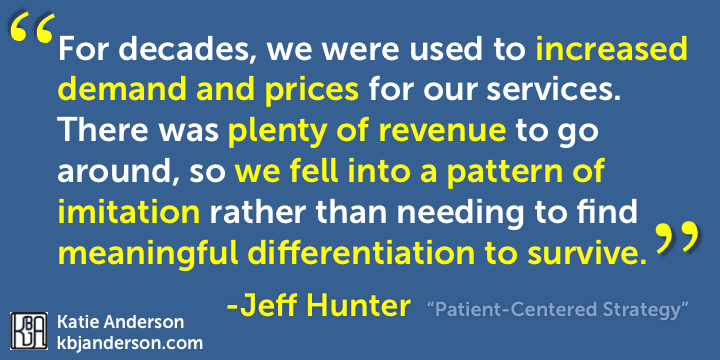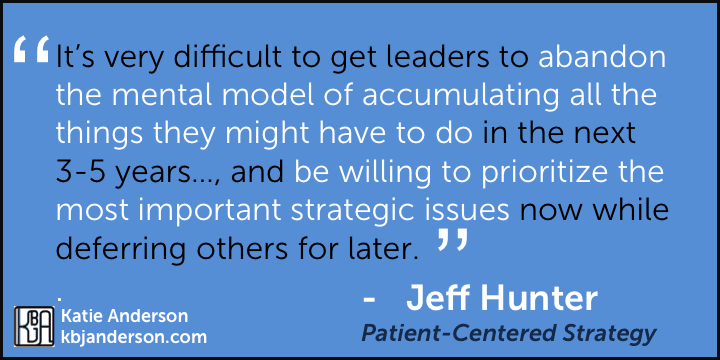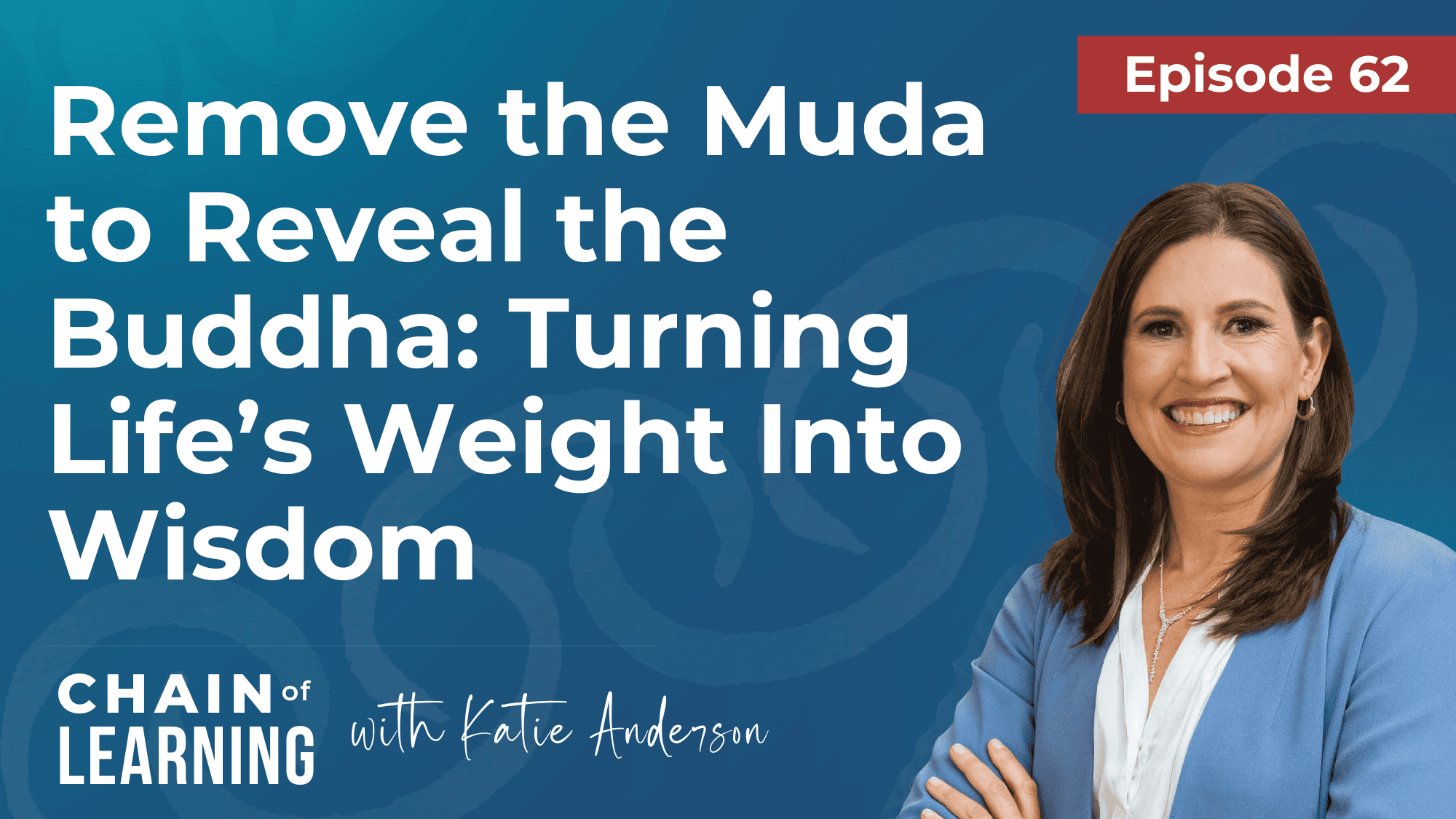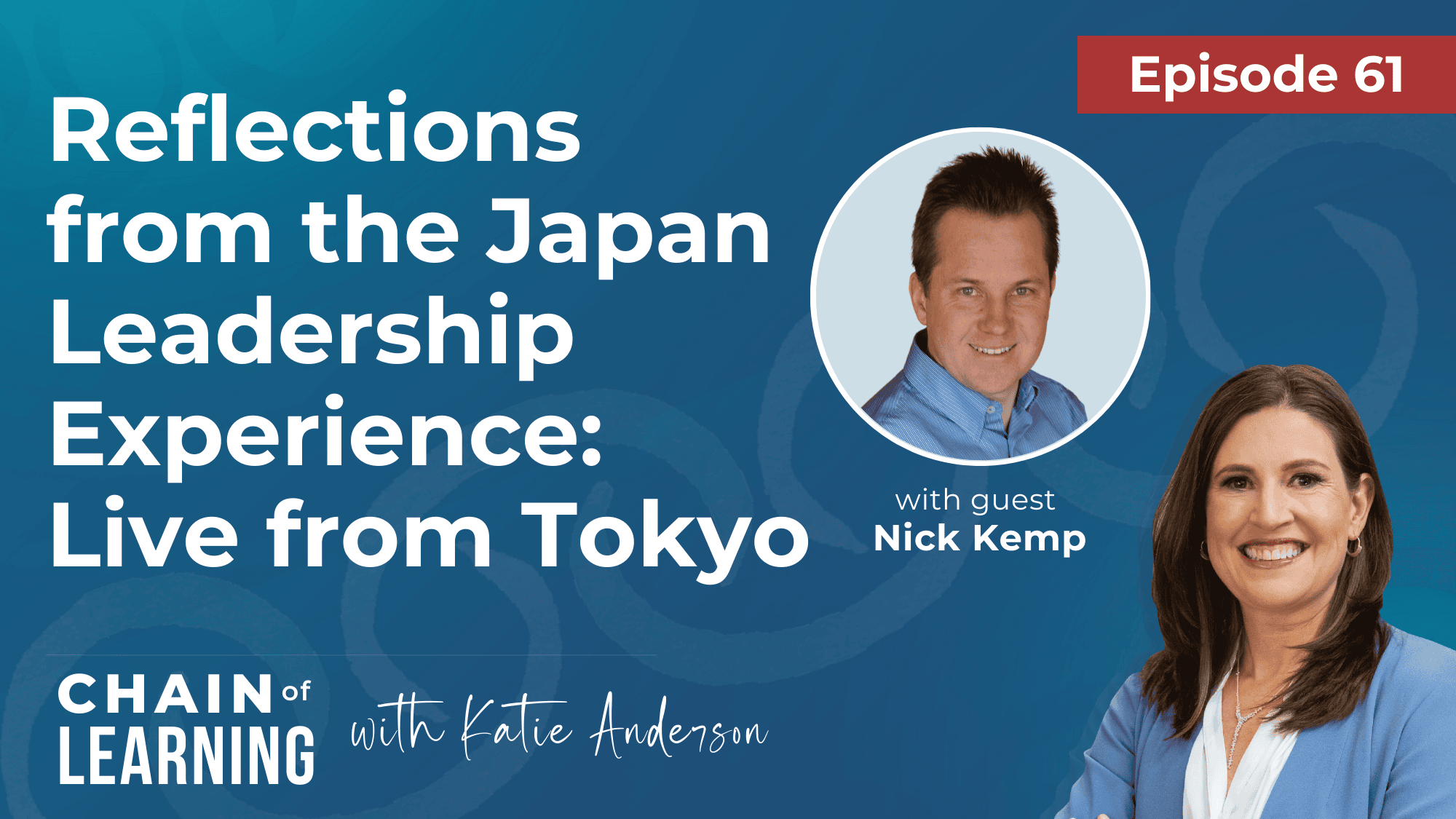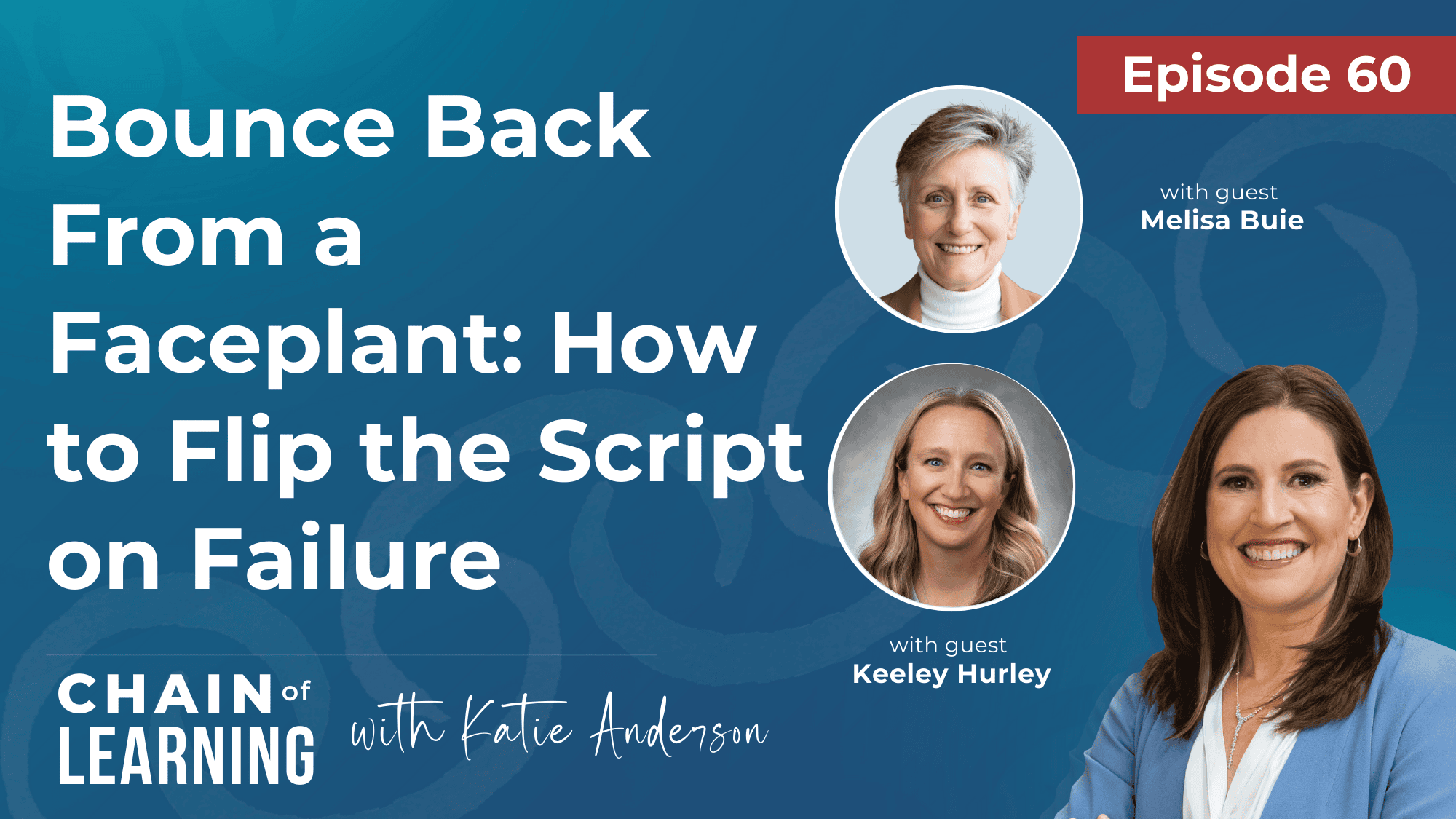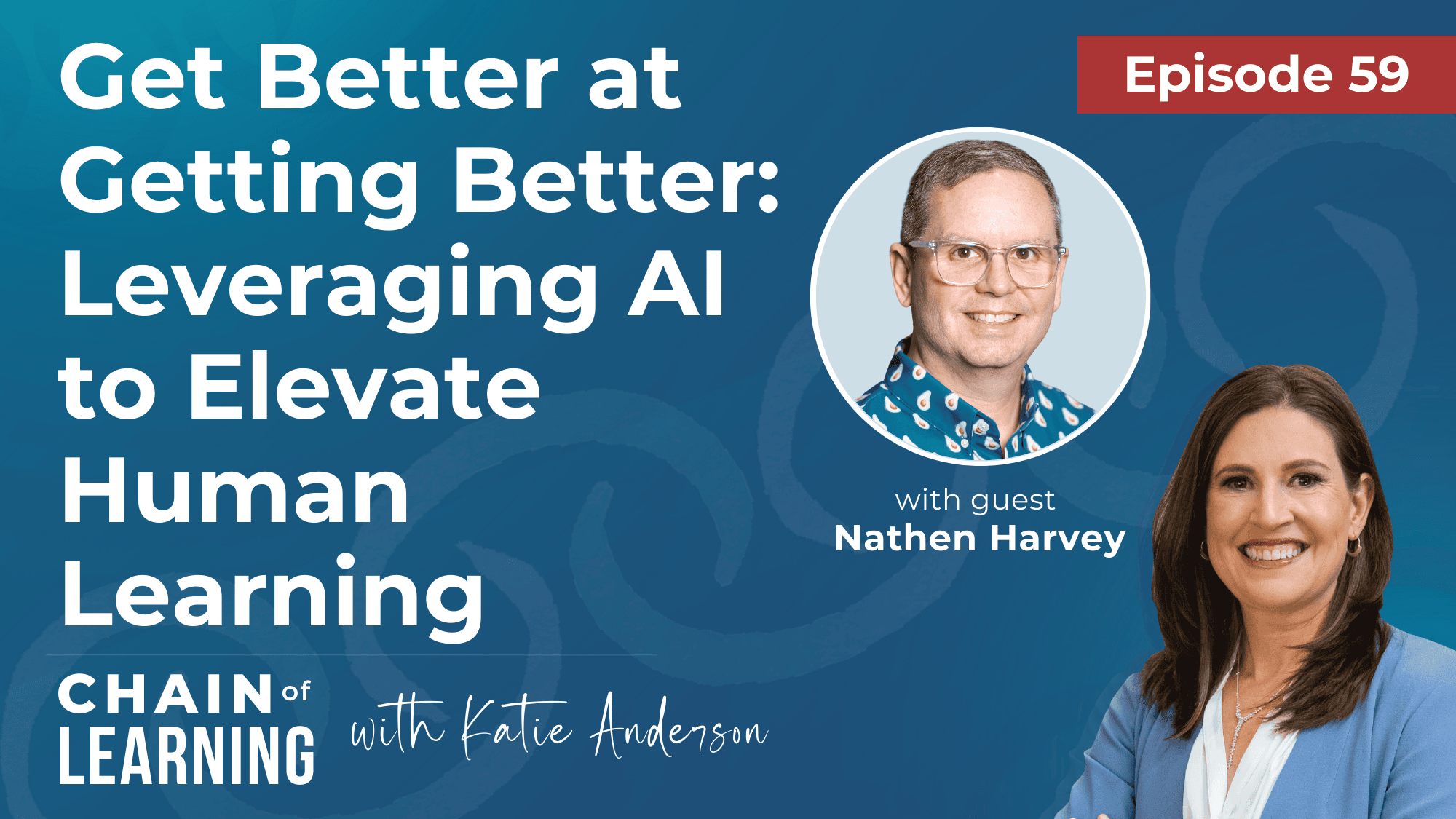Jeff Hunter has been instrumental to influencing how I think about approaching strategy development and deployment in the organizations that I support. I’m excited to share a recent Q&A session Jeff and I had about strategy and his new book Patient-Centered Strategy.
While Patient-Centered Strategy is grounded in healthcare examples, the book really could have been called “Customer-Centered Strategy” as it provides an excellent framework for thinking about strategy development and deployment for any industry.
Book Giveaway
The book giveaway ended on July 20, 2018. Congratulations to the three winners of the giveaway: Ryan Mecham, Frank Sabala, and Laurie Fiorica!
Even if you missed out on the giveaway, you can still get your own copy of of Patient-Centered Strategy on Amazon.
Conversations with Jeff Hunter about Strategy
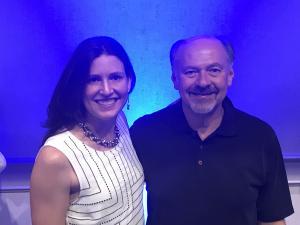
I met Jeff Hunter about 6 or 7 years ago while I was still working as the Director of the Lean Promotion Office at a large California ambulatory healthcare system and Jeff was the Vice-President of Strategy at Thedacare.
On one of my visits to Appleton shortly after starting my consulting practice, Jeff and I spent a few hours together talking about strategy development and deployment.
Since then, Jeff and I have gotten together regularly to discuss strategy and Lean thinking whenever I am in Appleton (my husband is from Wisconsin so I’m regularly in the state), on the phone, or we happen to cross paths elsewhere. I’m honored that Jeff has acknowledged me in the book as someone who has also influenced his thinking.
Playing to Win, not Playing to Play
It was at this first longer meeting roughly 5 years ago that Jeff recommended that I read “Playing to Win” by Lafley and Martin and that I check out the work of Matthew May.
The “Playing to Win” framework developed by Lafley and Martin, and further developed into practical application and connection to Lean frameworks by Matt May were transformative for how I think about and approach strategy development and deployment.
It seemed to me from working with and observing many companies across a variety of industries, but in particular in the healthcare space, that when they started “strategy deployment” that they weren’t actually deploying *strategy* (actions to provide differentiation and win with customers). One could remove the name of one organization and replace it with another and there would not be much difference. So many healthcare organizations were trying to be everything to everyone and “play to play”.
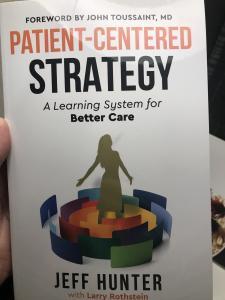
Frameworks for Strategy and Lean Thinking
The thinking of Jeff Hunter, along with Lafley, Martin and May, have helped me personally get greater clarity on the difference between strategy, operational excellence, and all the other work (which Jeff calls “big rocks”) that has to be done but doesn’t contribute to differentiation.
I’ve used the framework that Jeff shares in his book Patient-Centered Strategy and the Strategy “Playing to Win” Canvas developed by Matt May with healthcare organizations, small non-profits, and larger companies to help them approach strategy and Lean management systems is a more comprehensive way.
I highly recommend that you add Jeff’s book Patient-Centered Strategy to your reading list, along with the works of Lafley & Martin and Matt May, to help you and your organization on a path to win with your customers – and your people.
Interview with Jeff Hunter: “Patient-Centered Strategy”
Without further ado, please read on to see what Jeff has to say about strategy development, the most important question to ask, leadership mindset shifts, and what he learned through the process of writing Patient-Centered Strategy.
1. Why do you think it is so difficult for healthcare organizations in particular to develop a “playing to win” strategy rather than just “playing to play” or wanting to be all things to all people?
Part of it is the nature of the organization. These are quasi-public organizations with many internal and external stakeholders that have different expectations. And these organizations fall into a category in the literature called “professional bureaucracies”, like universities. The customer has a deeper relationship with the professional, the professional places a high value on autonomy, and often has a greater allegiance to their profession than they do to any organization. These individuals have a great deal of informal veto power and can vote with their feet; it’s especially hard for senior executives to rally everyone around a common brand promise in these kinds of organizations.
Another reason is the nature of the situation. For decades, we were used to increased demand and prices for our services. There was plenty of revenue to go around, so we fell into a pattern of imitation rather than needing to find meaningful differentiation to survive.
2. In your experience, what is the biggest challenge leaders have when starting to use this approach to strategy development? What is your suggestion for how to get better or work thought the challenge?
It’s very difficult to get leaders to abandon the mental model of accumulating all the things they might have to do in the next 3-5 years into a planning document, and be willing to prioritize the most important strategic issues now while deferring others for later.
I suggest starting with a model cell. Take an important strategic problem or opportunity…a service line, a service area, a payer channel…and try this more nimble way of solving for it. As you learn, you can apply it to a broader range of strategic issues.
3. What is your favorite question to ask when helping organizations gain more clarity on their strategies?
“What must be true?” I learned this from Matthew May, who learned it from Roger Martin.
What must be true for your proposed strategy to work as well as you think it will?
This one question has helped me the most with leadership teams. We cannot predict or pre-determine the future. While more information can be better, there is seldom such a thing as perfect information. Our proposed strategy is a hypothesis.
This question helps teams stop arguing about who among them is smarter or who is right. It begins the experimentation process, so the customer can tell us what is right.
4. You pose a question in Chapter 2 that is challenging for most organizations: “How does a healthcare organization balance strategy deployment with operational effectiveness and big rocks [things that have to get done but are not part of improvement or differentiation]?”
What guidance do you give organizations that are starting to work through identifying (and subsequently balancing) these three areas?
I empathize with this challenge for senior leadership teams, having been there for so long. I’ve not seen another industry that has as many big rocks as health care. And we have so many operational improvement expectations handed to us from third-parties like regulators and payers.
A paradigm that’s helped me is “driver numbers versus watch indicators”. Driver numbers are the needles that patients have informed us we need to move now. We let the voice of the patient as customer tell us what we could do now that would create the most value for them. We keep an eye on the watch indicators to make sure they don’t fall out our range of expectations while we move the needle on what’s important for customers.
5. What is the most important mindset shift or leadership practice that leaders need to make to be more successful at this approach to strategy development and deployment?
The most important mindset shift is from leader as problem-solving hero to leader as people developer and coach.
The leadership practice that helps is the one that you so ably teach; Plan-Do-Study-Adjust thinking, and PDSA coaching for development and improvement. The same muscle that leaders develop from PDSA practice will make the difference in transforming their organization into a learning organization.
6. What has been the most important shift in your own mindset or practice to be a more effective strategy leader and coach?
Wow, where do I start? I still feel like I’m so early in my learning I spend more time worrying about what I haven’t discovered yet. But if I had to answer today, it would be the shift in my mindset from strategic planning hero to that of developing the organization’s capability to manage vision and purpose with strategic agility. This required me to truly learn what it meant to develop people. I wish I had learned this sooner. As I reflect on my career, I believe I could have been more effective at developing people.
7. What was something that you were surprised to learn through the writing of this book?
Over the course of writing this book I was working with a number of organizations that helped refine this into a coherent system for managing strategic intent. The iterative learning cycles brought greater clarity to how the tools fit into the system, not vice versa.
I also came to appreciate that the writing process was making me better. I had to ask the deep questions about what I believed, why I believed it, and why would anyone else care?
8. What are you currently pondering about the state of healthcare today?
I was facilitating an MBA class last night, and we got into a discussion about what happens when you have a convergence of macro-environmental forces like the bubble of aging boomers, the technologic capability to keep them alive longer, and the dwindling percentage of workers-to-retirees who are assumed to pay for all this. I like pondering the tough questions that are very difficult for us to face, but we have to at some point.
Other strategy-related resources and blog posts:
- I heard Matt May speak at the Lean Transformation Summit in 2017. You can read a bit about his presentation in my summary of the event. You can also check out his website for a bunch of great resources.
- Check out the book Playing to Win: How Strategy Really Works
by Lafley and Martin, as well as many articles from HBR and other resources on the Playing to Win framework.
- Another strategy related book and author interview I conducted last year with Michael Balle on “The Lean Strategy”


